Tocco Report: W → M
Where Waste Becomes Material | 2025 Edition
In recent years, the notion of “waste” has evolved from a discarded byproduct to a valuable input for innovative material development.
This report by Tocco team focuses on waste-based materials, distinct from related concepts such as recycled, bio-based, and greenwashed materials, to clarify the nuances critical to industry professionals and designers alike. We hope to help readers navigate the evolving landscape of waste-based materials with scientific rigor and practical clarity, equipping designers, engineers, buyers, and innovators to harness waste streams —responsibly and smartly.

Explore This Report
Start with the Free Version or unlock the Full Report with deeper insights, case studies, and extra content.
- Post-Consumer Plastics: New Lives for Plastic Waste
- Textile Waste: Closing the Loop on Fabrics
- Industrial & Manufacturing: Waste Reimagined as Raw Material
- Marine & Ocean Waste: Trawling Trash for Treasure
- Agricultural Waste: From Crop Residue to Raw Material
- Electronic Waste: Mining Tech Trash for Materials
- Glossary

Materials in focus
Explore the innovative materials shaping the future
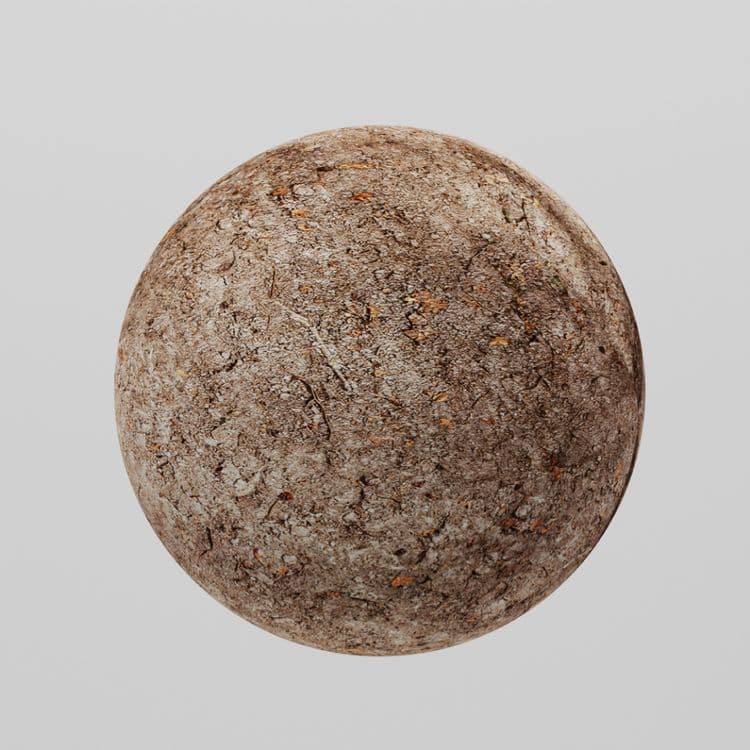
Biodegradable
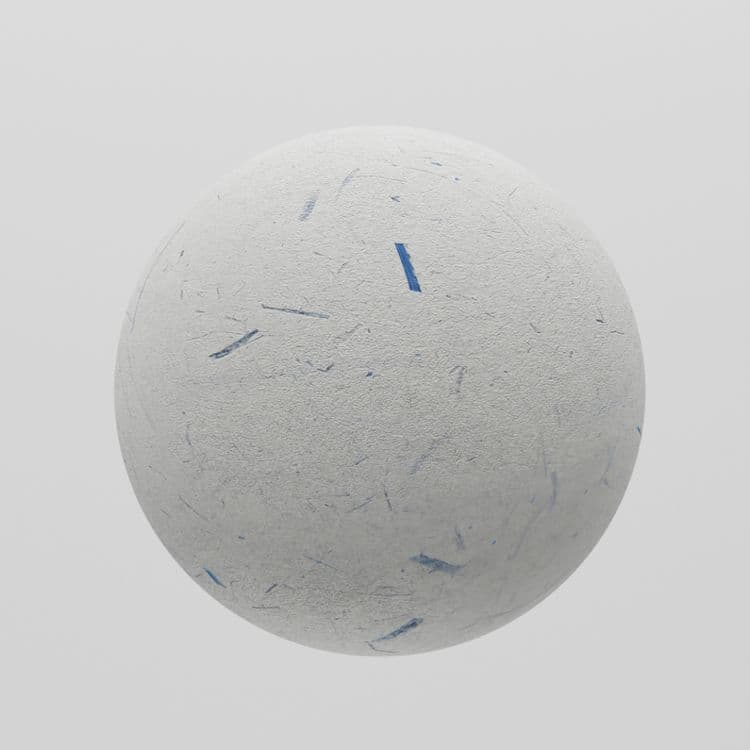
Recycled
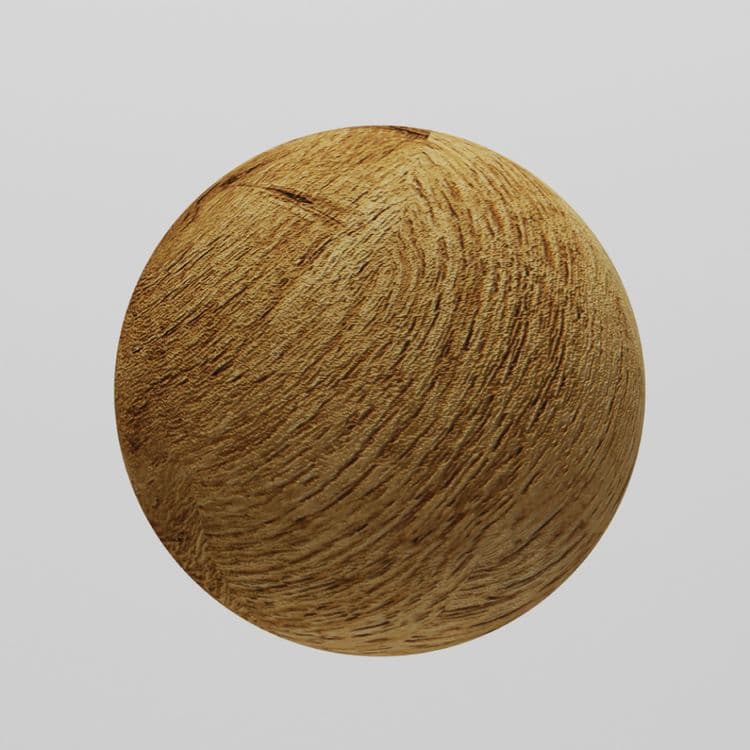
Bamboo
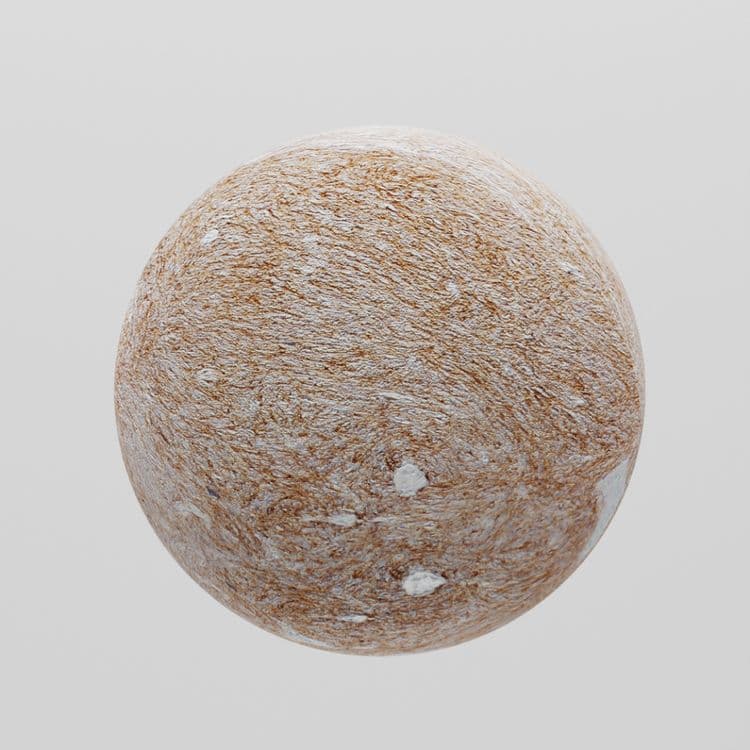
Mycelium
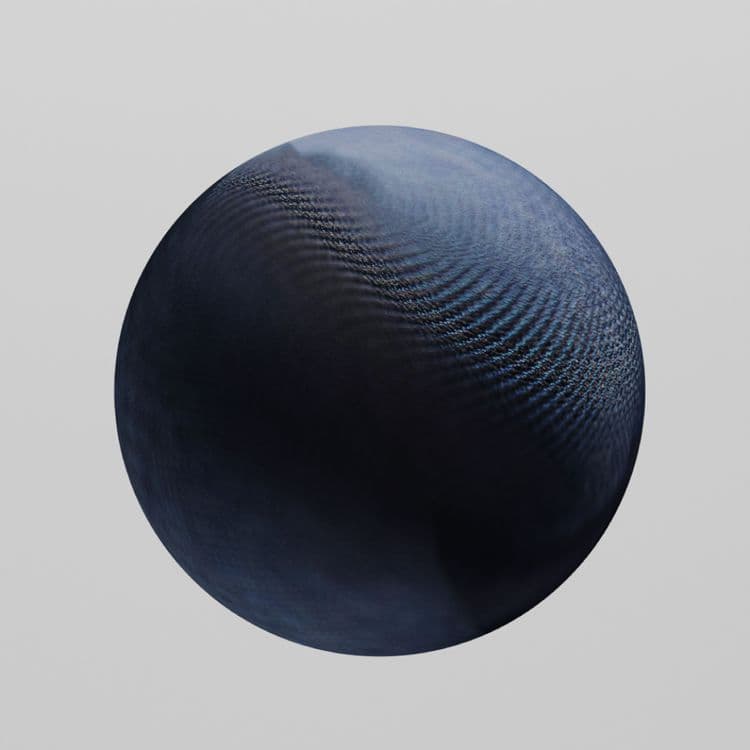
Silk
What's inside?
AltMat converts agricultural waste like hemp stalks, pineapple leaves, banana stems, and kenaf fibers into useful textile fibers. Essentially, they create natural fiber textiles from what is often burned or left to rot. This is partly a bio-based material story, but also one of waste valorization (e.g. pineapple leaf fiber Piñatex saves pineapple leaf burning in plantations). These fibers can displace some cotton or synthetics.
 something
somethingOther Available Reports
Expand your knowledge with our curated collection of industry-leading insights
Latest Design Stories
Weekly highlights from our community of innovators and pioneers